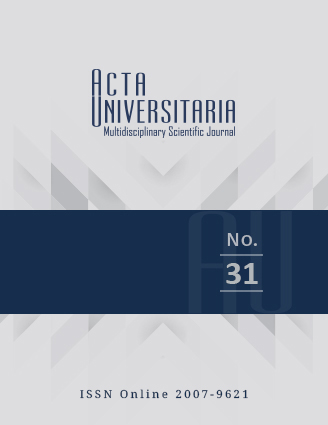Lethal and sublethal effects of synthetic acaricides in predatory mites of the family Phytoseiidae
Published 2021-12-08
How to Cite
Abstract
The objective of this research was to evaluate in the laboratory the toxicity of synthetic acaricides in the Phytoseiidae predatory mites Amblyseius swirskii and Neoseiulus californicus and to determine by meta-analysis of published studies the sublethal effects of acaricides in species of the Phytoseiidae family. In the laboratory evaluation, spirodiclofen, fenpyroximate and acequinocyl showed the lowest values of LC50 and LC90. When comparing the recommended field application rate, spirodiclofen would have a higher toxic effect on the evaluated predatory mites than on phytophagous mites. With respect to the meta-analysis, this showed that all acaricides have significant negative effects on survival, fertility and oviposition period. The miticides that inhibit the mitocondrial electron transport, known as METI I, had greater negative effects on survival, fertility and oviposition, especially on the Neoseiulus and Phytoseius genera. Synthetic acaricides have lethal toxic effects and sublethal effects on the Phytoseiidae predatory mites.

